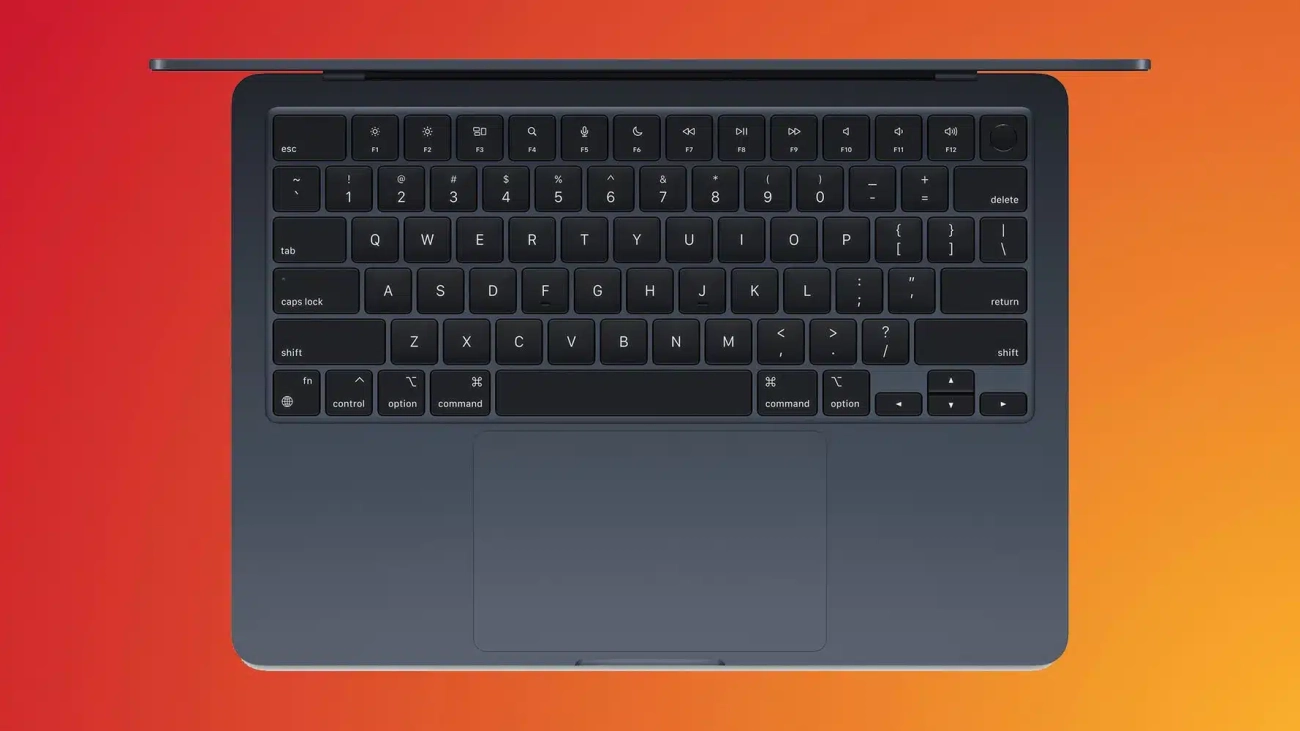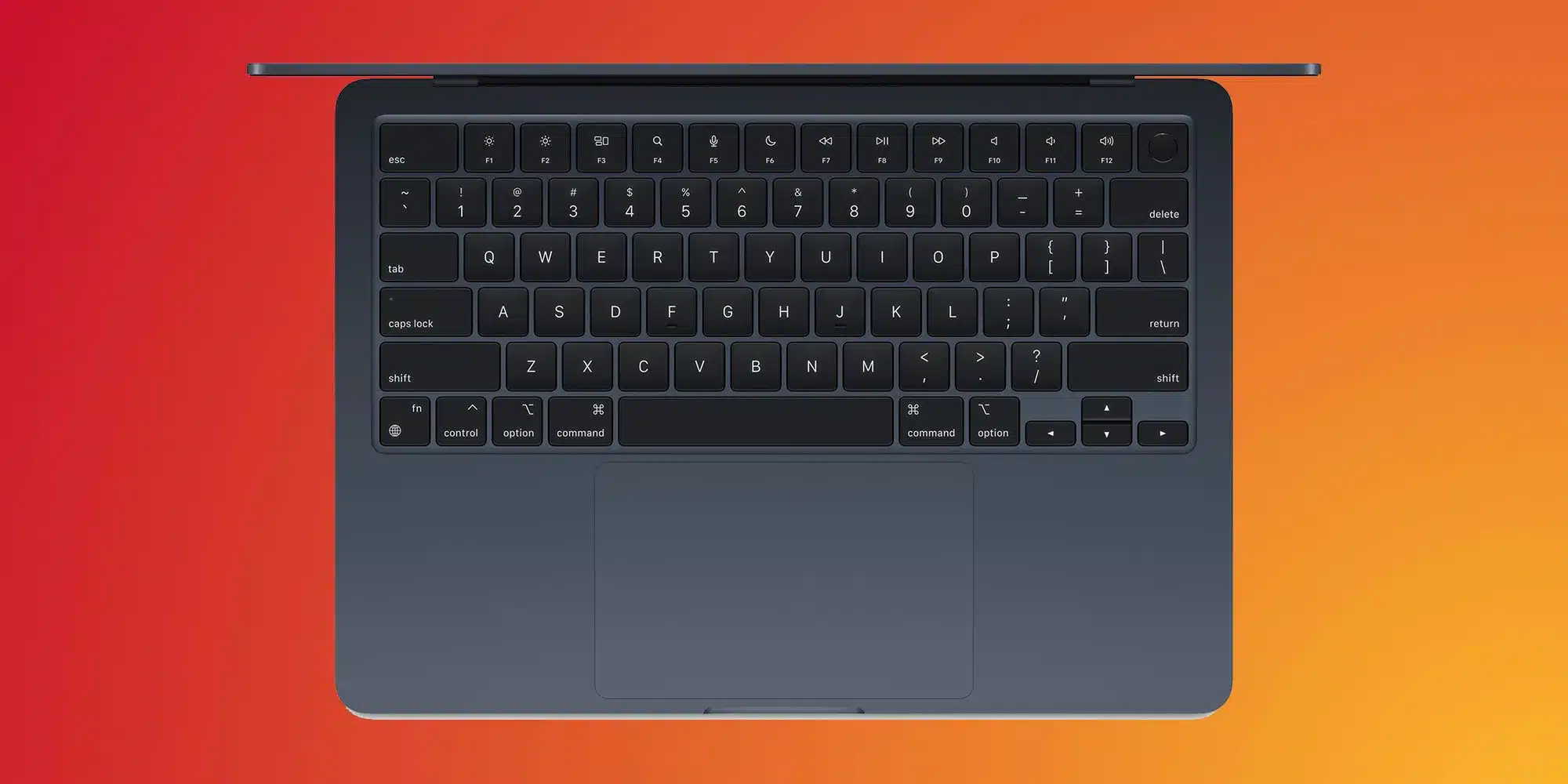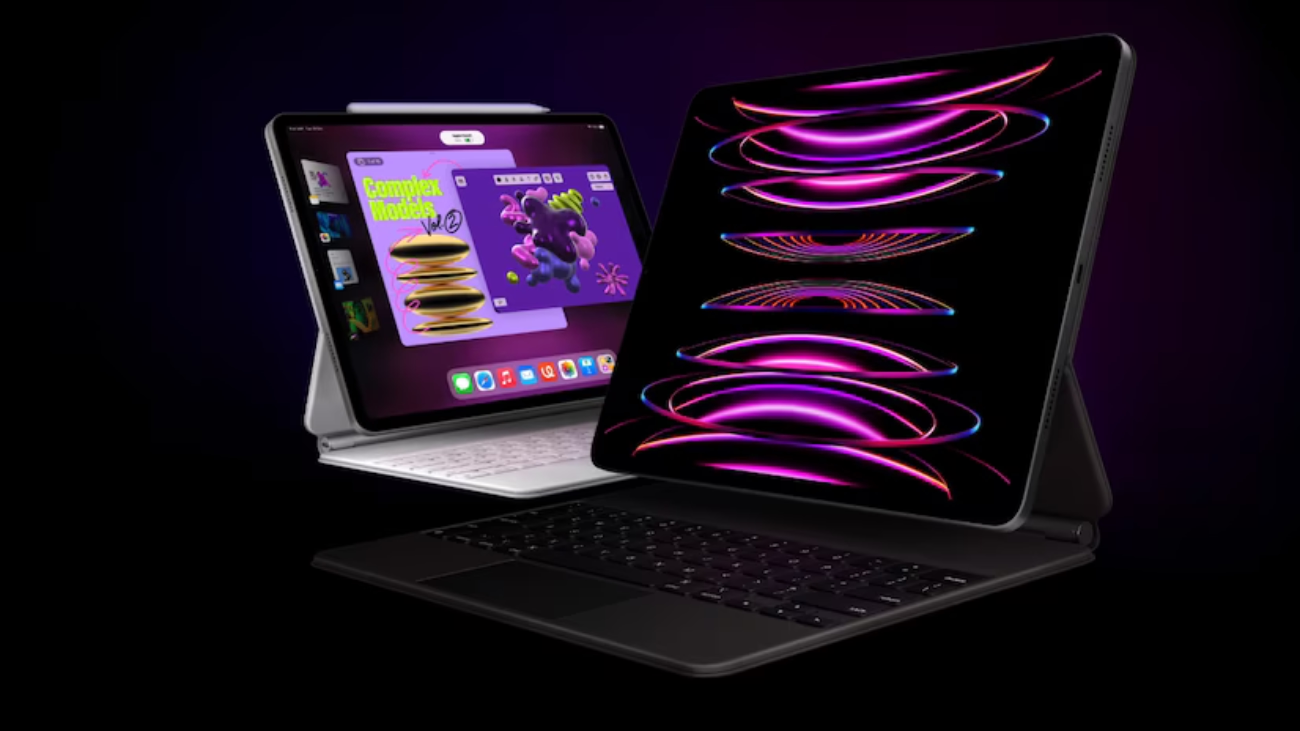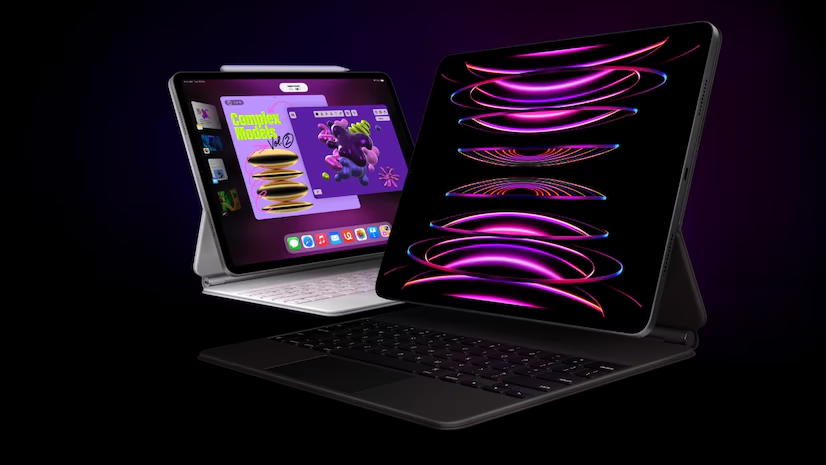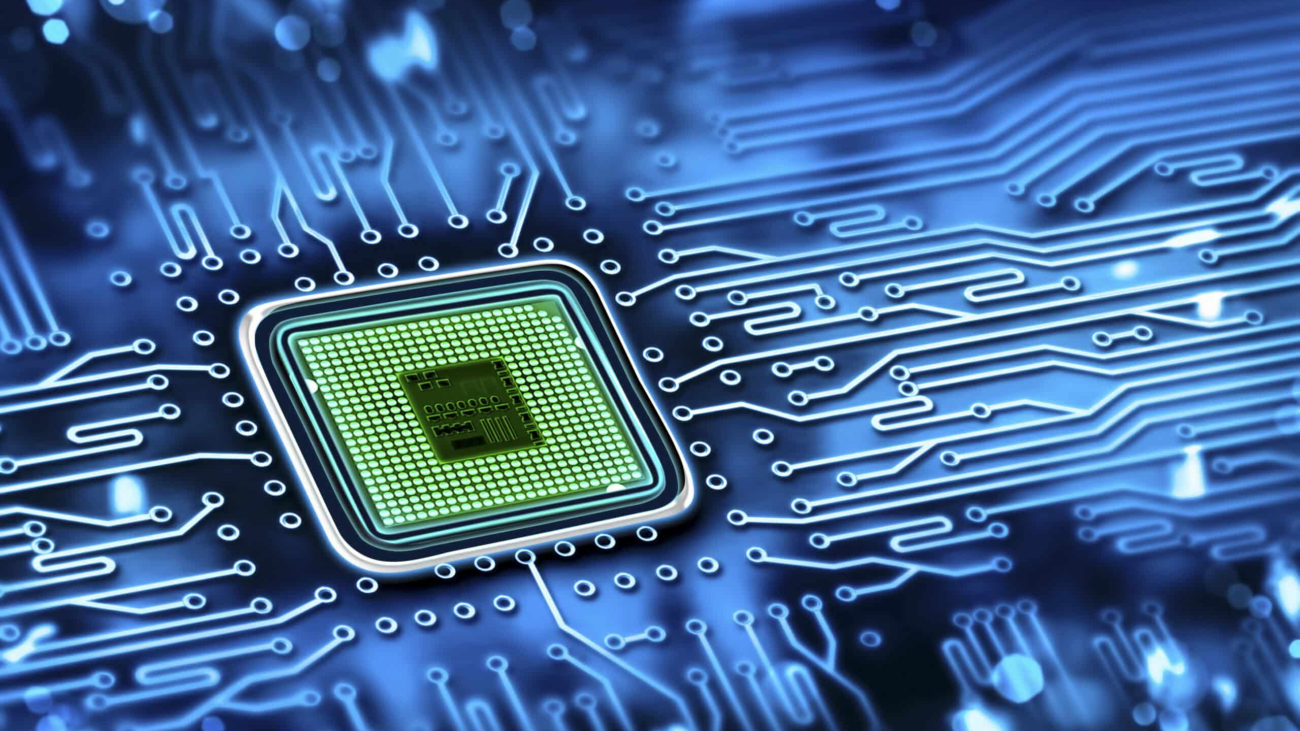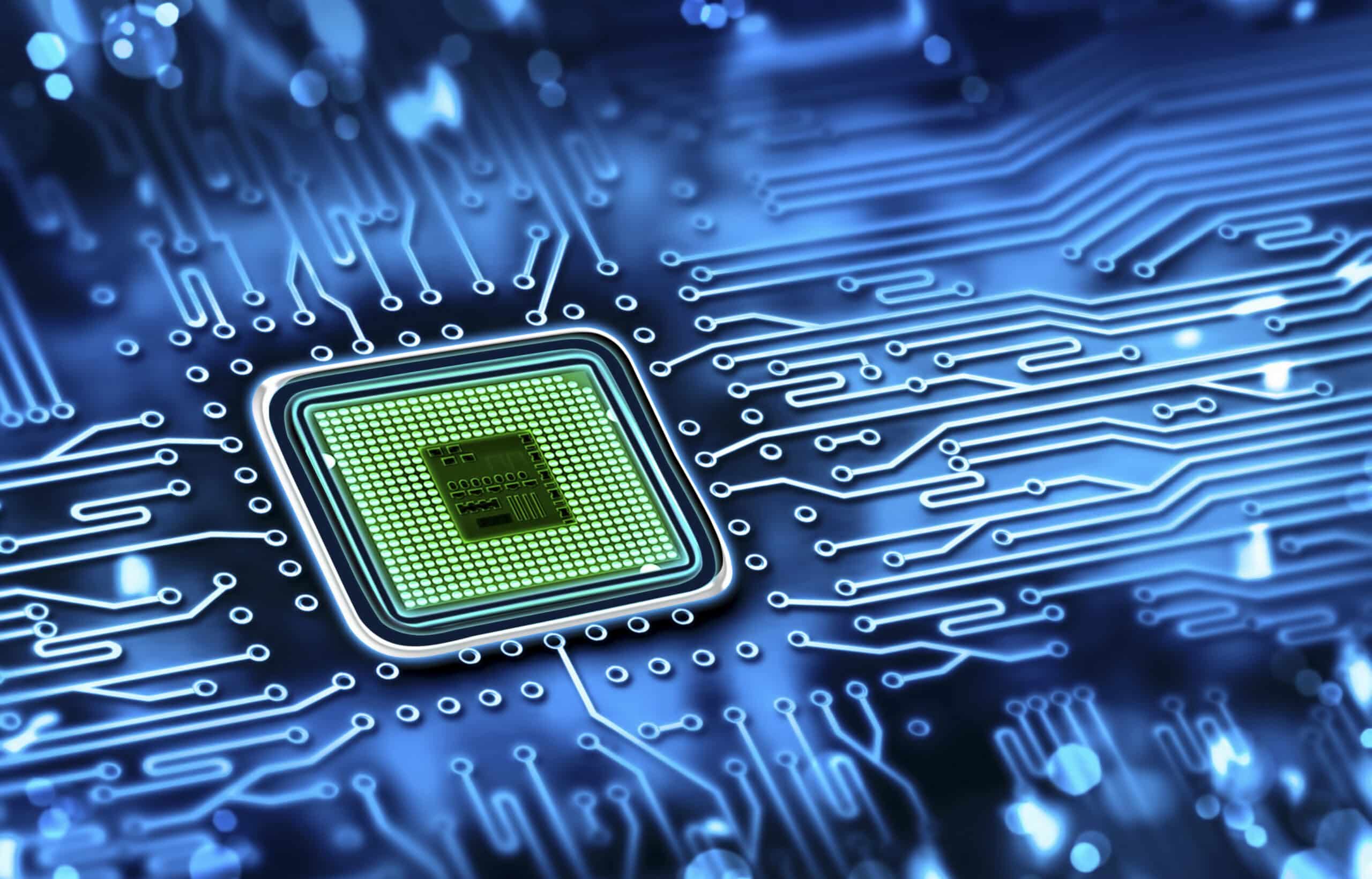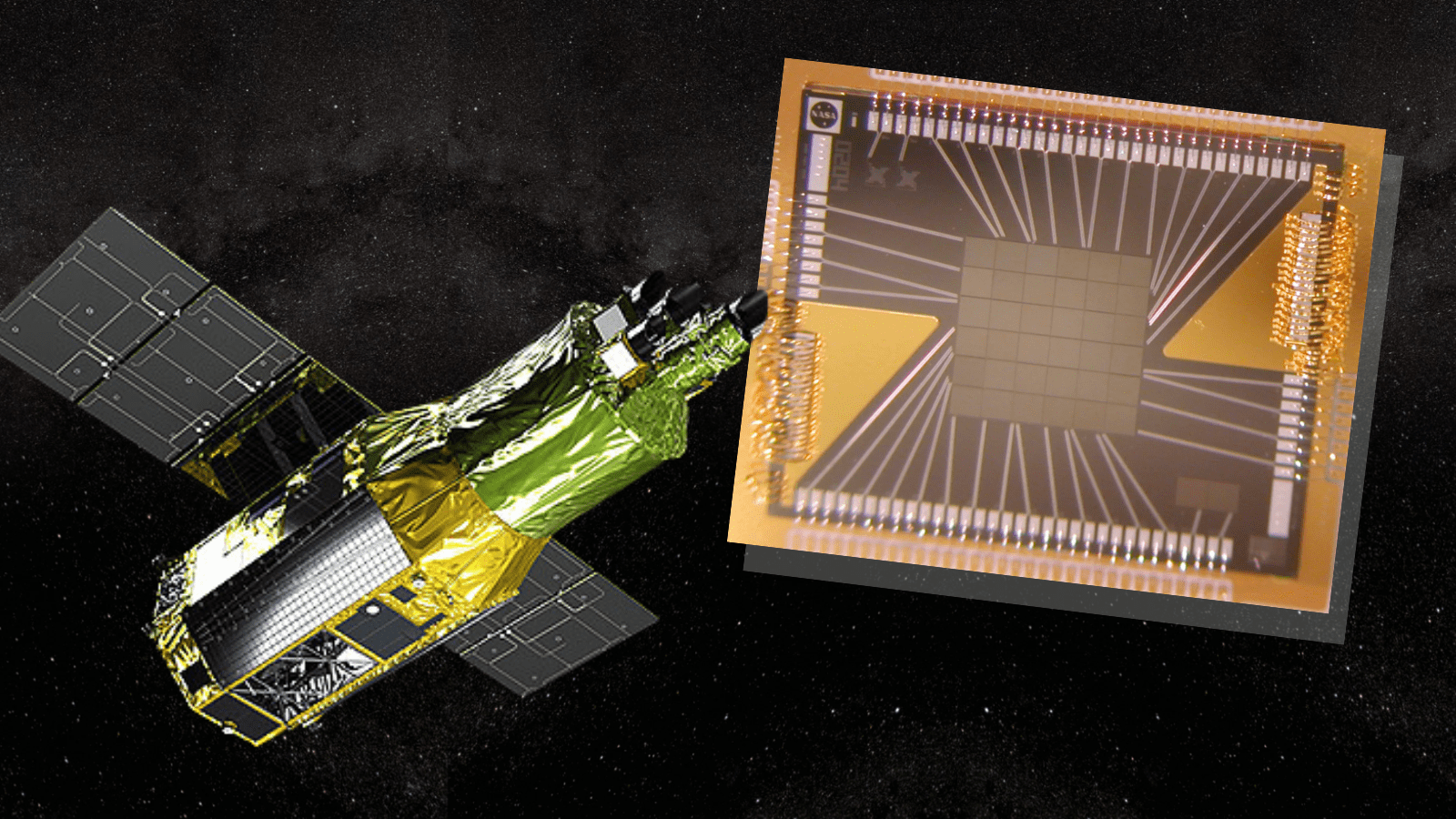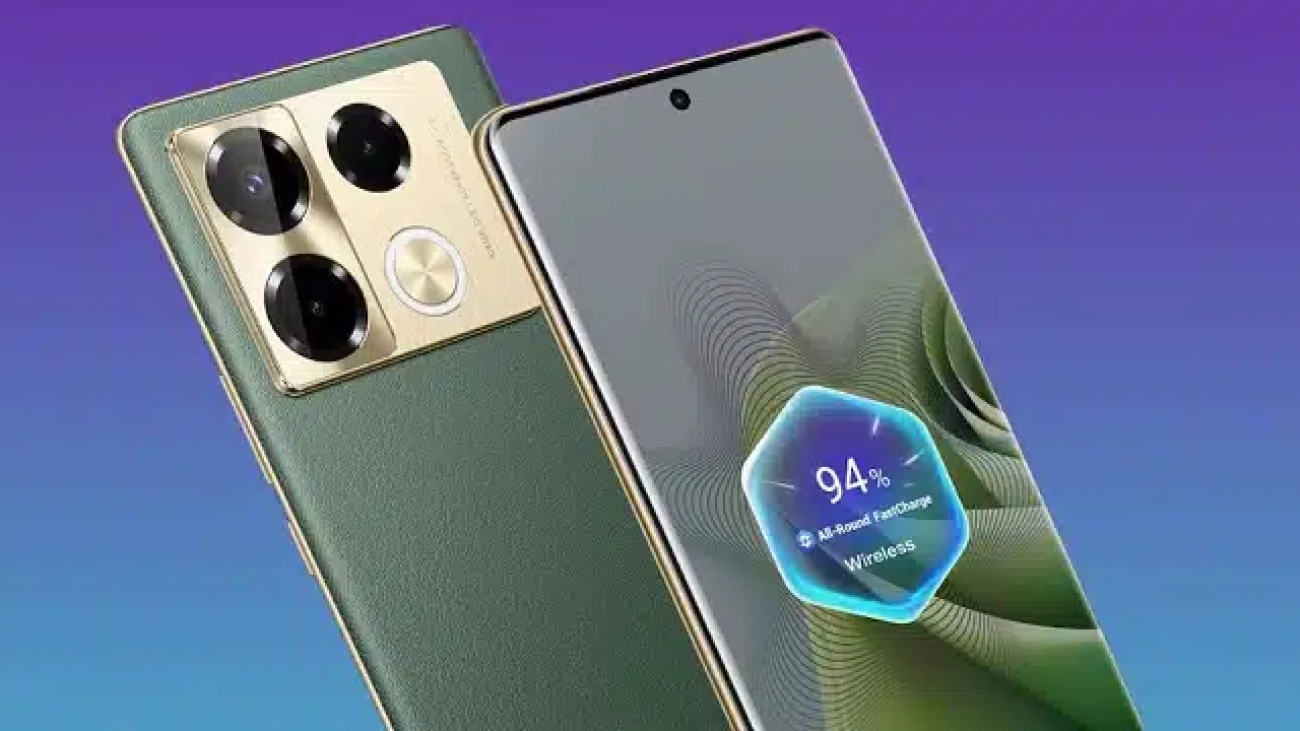
Apple has issued an apology for its recent iPad Pro ad, which was met with criticism for its portrayal of the destruction of various tools of creative expression. The ad, released during Apple’s Let Loose event on Tuesday, showcased a hydraulic press crushing a range of equipment used in creative pursuits, such as a piano, paints, and a dressmaker’s mannequin.
Ad Missed the Mark
Apple’s Vice President of Marketing Communications, Tor Myhren, acknowledged that the ad did not convey the intended message. “Creativity is in our DNA at Apple, and it’s incredibly important to us to design products that empower creatives all over the world,” Myhren told AdAge. “Our goal is to always celebrate the myriad of ways users express themselves and bring their ideas to life through iPad. We missed the mark with this video, and we’re sorry.”
The commercial was set to the song “All I Ever Need Is You” by Sonny & Cher and ended with the reveal of the new iPad Pro as the most powerful and thinnest iPad ever. However, viewers found the ad to be more dystopian than inspiring, as it seemed to symbolize the obliteration of traditional creative tools in favor of a single gadget.
Public Reaction
The ad faced widespread backlash, with viewers criticizing it for being destructive and heartless. Many were dismayed to see Apple literally crush symbols of human creativity only to replace them with a digital device. Some suggested that the ad would have been more effective if played in reverse, showing the restoration of the creative tools.
READ ALSO: The Apple Car’s Surprising Design Revelations
Context of Generative AI Concerns
The timing of the ad added to the controversy, as it came amid ongoing concerns about the impact of generative AI on creative industries. Reports have emerged of companies replacing artists with AI, raising fears about the future of human creativity. In this context, Apple’s ad struck many as particularly insensitive.
Apple’s apology for the ad reflects its recognition of the public’s negative response. The company has halted plans to air the commercial on television and is likely to take greater care in crafting future campaigns that better align with its values and the expectations of its audience.










